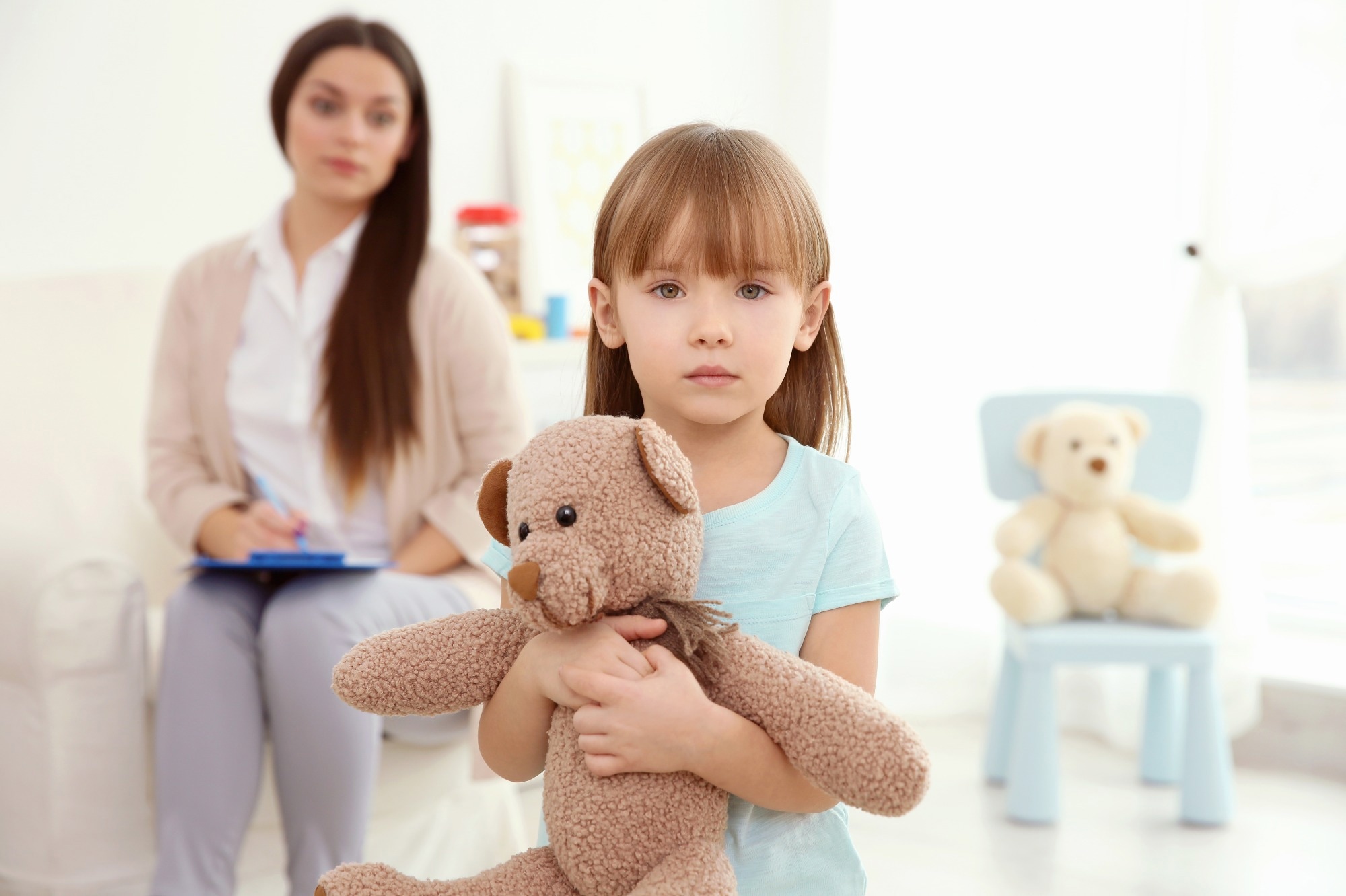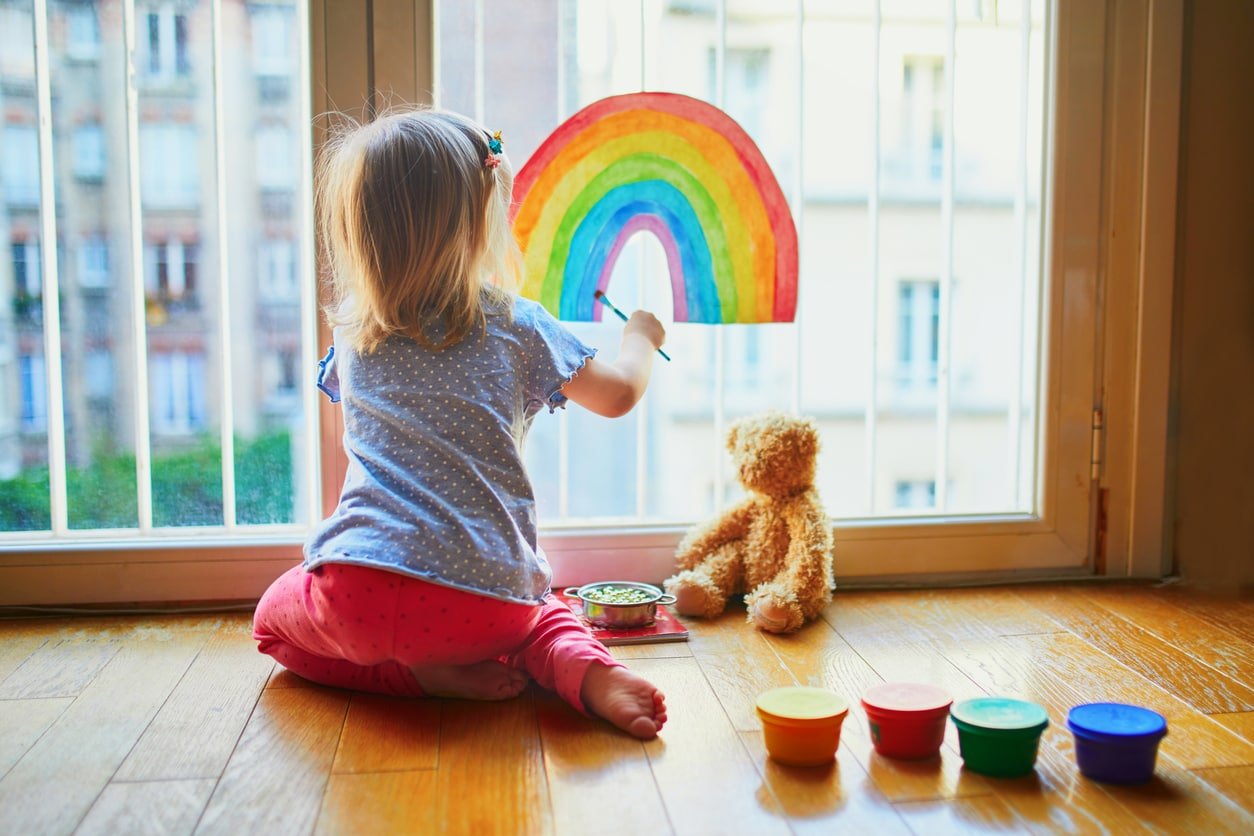Previous research has shown that both childhood behavioral issues and poor mental health are highly associated with sleep disturbances; however, their relationship over time has been poorly studied. A recent study published in JAMA Network Open explores the natural history of these phenomena and their interrelationships in children.
 Study: Sleep disturbances and emotional and behavioral difficulties among preschool-aged children. Image Credit: Africa Studio / Shutterstock.com
Study: Sleep disturbances and emotional and behavioral difficulties among preschool-aged children. Image Credit: Africa Studio / Shutterstock.com
What causes behavioral and emotional problems in children?
Both past and current emotional and behavioral difficulties (EBDs) in preschool children significantly contribute to mental health problems in children and adolescents. Earlier studies have shown that about 50% of these children continue to exhibit these issues one year after they are initially identified.
Despite the beneficial outcomes associated with treatment for EBDs, various barriers, including the scarcity of highly-trained professionals, high cost, social stigma associated with EBDs, and poor availability of early intervention services, prevent adequate access for children struggling with these issues. Thus, there remains an urgent need for better strategies to prevent and treat EBDs in young children.
Poor sleep can be attributed to various emotional and problematic behaviors in children; however, the ideal intervention remains unclear. This led the current study’s researchers to explore the connections between sleep impairments and EBD resolution.
What did the study show?
The study used data from the Shanghai Children’s Health, Education, and Lifestyle Evaluation–Preschool (SCHEDULE-P), a prospective cohort study that followed preschool-age children in Shanghai, China, for two years. The current study included over 17,000 children between three and four years of age who were enrolled in junior kindergarten in November 2016. When enrolled, about 28% of the study cohort had EBDs, while over 41% had reported sleep disturbances.
While EBDs remained stable in 10% of the children, they resolved in about 20%. About 66% of children were not diagnosed with EBDs; however, over 10% developed new EBDs during the study period.
When the children graduated, the prevalence of EBDs decreased to 19%. This indicates a reduction in EBDs from over 25% to less than 20% in pre-schoolers.
Sleep disturbances were reported in about 32% of children. The type of sleep disturbances varied between night waking, parasomnias, and sleep-disordered breathing (SDB). The prevalence of these types of sleep disturbances also frequently differed at entry and graduation points.
Risk factors other than sleep disruption for non-resolution of EBDs or new EBDs included excess screen time or being cared for by someone other than the parent at the time of school entry. Overweight children, those with divorced parents, as well as those sleeping over nine hours each night, were more likely to develop new EBDs.
EBDs were more likely to resolve if the mothers were better educated or the children came from more affluent families, got better care, spent more time with their parents, and had emotionally stable mothers.
A notable association between better sleep and improved behavior and emotional regulation was observed. Of the children with EBDs at enrollment, 35% continued to experience these issues at graduation. With sleep impairment, 50% of children continued to experience disturbed sleep when they left preschool.
After considering potential confounding factors, children with new sleep disruptions were less likely to have resolved their EBDs. Moreover, the likelihood of resolution decreased by 50% compared to those with better sleep habits. Similarly, children who continued to have poor sleep from enrollment to graduation were half as likely to have corrected their EBDs as compared with those who slept well.
As compared to good sleepers, children with new or ongoing sleep disturbances were more than twice as likely to develop new EBDs. This risk was higher among those with new-onset sleep disturbances.
Children with previously impaired sleep quality who showed improved sleep parameters, such as resolved resistance to bedtime or sleep anxiety, were almost 40% and 50% as likely to have resolved EBDs than those without such improvement, respectively.
In contrast, children with new parasomnias or new SDBs were at a 3.5-fold increased risk for new EBDs. This increased to a 4.5-fold higher risk with newly emerging night-waking behaviors. Thus, resolved and new EBDs show a temporal association with different types of sleep disturbances.
What are the implications?
Sleep disturbances are temporally related to new-onset and previous EBDs. Both new-onset and stable sleep disruptions were associated with a reduced likelihood of resolved EBDs and a greater risk for new EBDs. Conversely, children whose sleep improved or always slept well were more likely to resolve their EBDs.
Once EBDs appear at the preschool graduation year, children may be not psychologically and socially ready for the next educational step.”
Deficient or disturbed sleep may affect emotional and social well-being through multiple central mechanisms. This necessitates careful screening to prevent and treat sleep disorders in this susceptible age group.
Successful parental sleep management may help improve both sleep disturbances and EBDs.”
The study findings may support the development of future programs to ensure that preschool children are routinely screened for such disorders, as well as expand interest in establishing low-threshold early sleep interventions and services for children with EBDs. These interventions may improve the overall psychological and social health outcomes of children affected by EBDs.
Journal reference:
- Deng, Y., Zhang, Z., Giu, Y., et al. (2023). Sleep disturbances and emotional and behavioral difficulties among preschool-aged children. JAMA Network Open. doi:10.1001/jamanetworkopen.2023.47623.

 PARENTING TIPS
PARENTING TIPS







 PREGNANCY
PREGNANCY








 BABY CARE
BABY CARE








 TODDLERS
TODDLERS








 TEENS
TEENS








 HEALTH CARE
HEALTH CARE







 ACTIVITIES & CRAFTS
ACTIVITIES & CRAFTS








 CONTACT
CONTACT ABOUT
ABOUT














